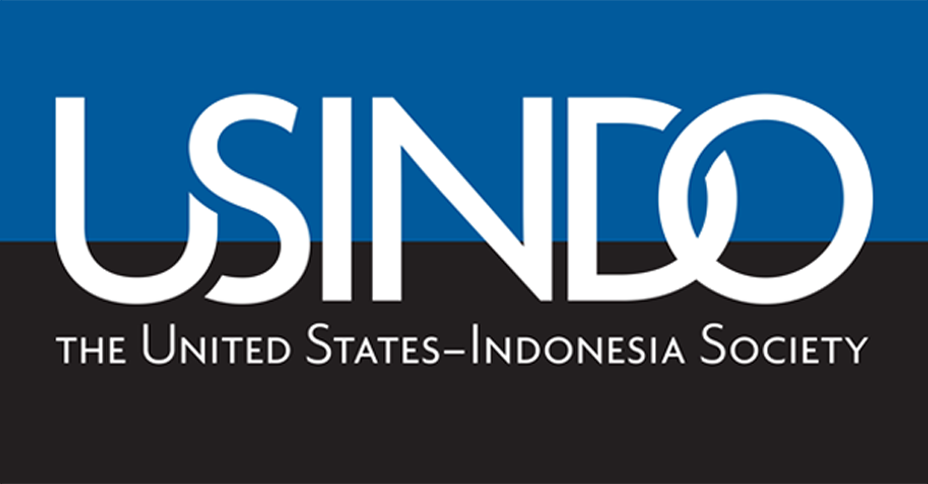New Trends in Indonesian Studies in the United States: Opportunities and Challenges
On May 20 USINDO, AIFIS, and @america hosted Prof. Thomas B. Pepinsky, Assistant Professor at Cornell University and President of the American Institute for Indonesian Studies (AIFIS). This event is part of the USINDO Scholars Open Forum Series.
A vibrant bilateral partnership between the United States and Indonesia depends upon deepening mutual understanding. Although expanding educational and people-to-people exchange programs is an excellent way to build mutual understanding broadly, we should also recognize that the intellectual foundation for deep understanding of Indonesia in the United States is strong programs of Indonesian studies in U.S. universities, and the need of strong programs of American studies in Indonesia as well.
However, compared to 1950s or 1960s, the field of Indonesian studies in the U.S., both in traditional and contemporary fields has, with some important exceptions, significantly declined overall. Changes in higher education in the United States, reduced emphasis on “area studies” as compared with traditional departments, government funding priorities and declining budgets, and priority for study of science, technology, engineering and mathematics (STEM) rather than liberal arts, which includes Indonesian studies, are some of the reasons for the decline in Indonesian studies in the U.S. The Comprehensive Partnership, President Obama’s Rebalance Toward Asia, and his personal ties with Indonesia may be able to counter these trends and support efforts to revive Indonesian studies in the U.S. Given all these new developments, what is the net outlook for revitalizing Indonesian studies in the United States? What is being done by committed individuals and organizations, what more can be done, and what are the key opportunities and challenges ahead?
